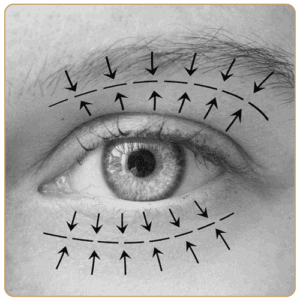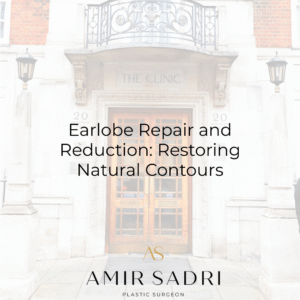Corrective rhinoplasty surgery is a specialized medical procedure designed to improve the function and appearance of the nose. Often sought by individuals for both medical and aesthetic reasons, this surgery offers a solution to issues ranging from breathing difficulties to dissatisfaction with the shape or size of the nose. Whether as a follow-up to a previous rhinoplasty or for someone seeking a first-time correction, this procedure holds significant potential for improving quality of life.
Reasons for Corrective Rhinoplasty
There are a variety of reasons why someone may consider corrective rhinoplasty. Functional concerns, such as a deviated septum, can lead to difficulty breathing or chronic sinus problems. Corrective surgery can repair structural issues, allowing the patient to experience relief and improved nasal function. Cosmetic concerns are another common motivation, as individuals may feel self-conscious about irregularities in their nose’s appearance. This could include asymmetry, bumps, or a nasal shape that does not align with their aesthetic preference.
A specific subset of patients who undergo corrective rhinoplasty are those who have experienced dissatisfaction or complications following a prior rhinoplasty, a situation often referred to as revision rhinoplasty. For such patients, corrective rhinoplasty aims to refine results, address functional issues, or resolve scarring and asymmetry from the earlier procedure.
The Procedure
Corrective rhinoplasty is highly individualized and tailored to meet each patient’s unique needs. Prior to surgery, an experienced surgeon will conduct a thorough consultation to assess the patient’s concerns and goals. Advanced imaging techniques, such as 3D renderings, are often used to help both the surgeon and the patient visualize the desired outcomes.
The surgery itself can involve techniques such as cartilage grafting, reshaping the nasal bones, or repairing internal structures. Some procedures are minimally invasive, while others might require more extensive work, depending on the case. It is typically performed under general anesthesia, with recovery times varying based on the complexity of the procedure.
Recovery and Benefits
Recovery from corrective rhinoplasty takes time and patience. Initial swelling and bruising may subside within two weeks, but full recovery can take several months. During this period, patients are encouraged to follow their surgeon’s aftercare instructions closely to ensure optimal healing.
The benefits of the procedure extend beyond physical changes. For many patients, corrective rhinoplasty has a profound impact on their confidence and self-esteem. Additionally, those with functional impairments often report significant improvement in their breathing and overall comfort. By addressing both form and function, corrective rhinoplasty provides a comprehensive solution for individuals seeking change in both appearance and quality of life.
Final Thoughts
Corrective rhinoplasty surgery is a powerful tool to address nasal concerns, whether functional, aesthetic, or both. Choosing a surgeon with experience and a proven track record is essential for achieving safe and satisfying results. When done thoughtfully, this procedure can open the door to a renewed sense of confidence and better well-being.









